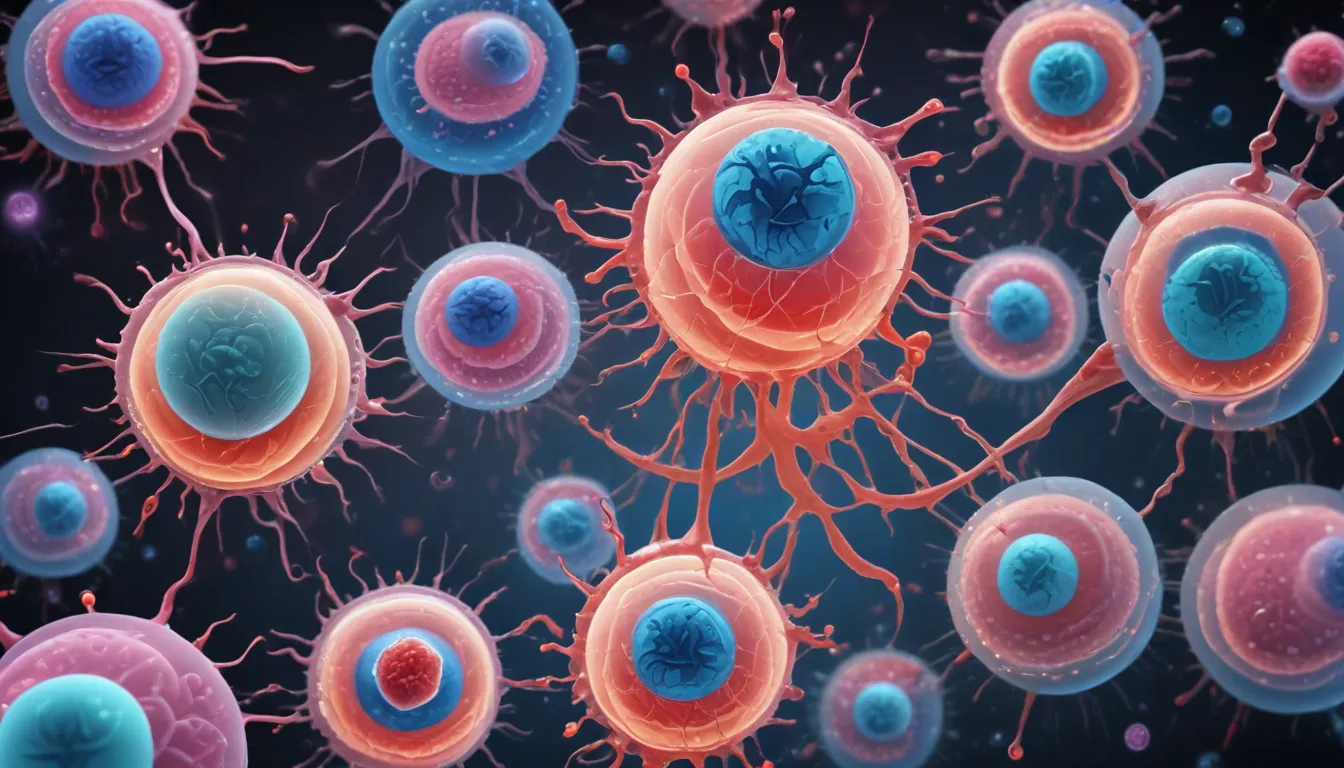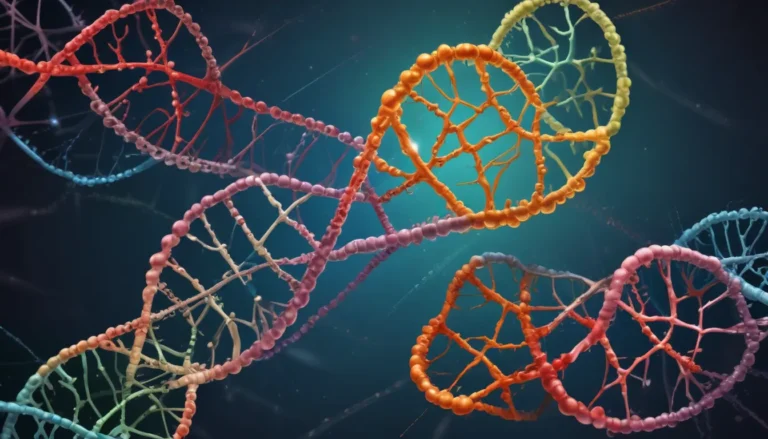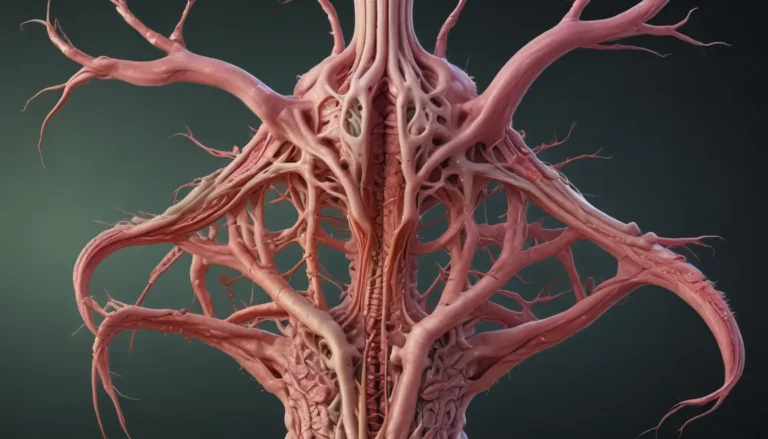A Note About Images: The images used in our articles are for illustration purposes only and may not exactly match the content. They are meant to engage readers, but the text should be relied upon for accurate information.
In the realm of regenerative medicine, induced pluripotent stem cells (iPSCs) stand as a beacon of hope and innovation. These miraculous cells, derived from adult tissues, possess the extraordinary ability to metamorphose into various cell types within the human body. Their versatility has paved the way for groundbreaking advancements in disease research, drug development, and the potential for tailored therapeutic interventions. Join us on a captivating journey as we unravel the wonders of iPSCs and unearth 17 captivating facts that underscore their significance in biomedical research.
Illuminating Insights:
- iPSCs are not just cells; they are the architects of personalized treatments, disease exploration, and the revolutionary genesis of organs.
- iPSCs hold the key to unlocking the mysteries of diseases, unveiling the potential for novel drugs, and even defying the sands of time, heralding a new era in healthcare.
The Revolutionary Epiphany in Regenerative Medicine
Induced pluripotent stem cells (iPSCs) represent a groundbreaking paradigm shift in regenerative medicine. These versatile cells possess the remarkable capability to differentiate into an array of cell types within the body, offering a promising avenue for treating a myriad of diseases and injuries.
A Genesis in 2006
The inception of iPSCs can be attributed to the pioneering work of Shinya Yamanaka, a visionary Japanese researcher. In 2006, Yamanaka unveiled a revolutionary method to reprogram adult cells back to their pluripotent state, a monumental achievement that earned him the prestigious Nobel Prize in Physiology or Medicine in 2012.
The Alchemy of iPSCs from Adult Somatic Cells
Unlike their embryonic counterparts, which hail from embryos, iPSCs can be derived from adult somatic cells such as skin or blood cells. This ethical advantage renders them a compelling option for research and therapeutic endeavors, offering a glimmer of hope for ethically sound biomedical applications.
Pioneering Personalized Medicine
The customization potential of iPSCs holds profound implications for personalized medicine. By harnessing a patient’s own cells to create iPSCs, researchers can fashion tailored cell types that align with the patient’s genetic blueprint. This bespoke approach paves the way for precision treatments while mitigating the risks of rejection.
Disease Modeling at the Cellular Level
iPSCs serve as a potent tool for disease modeling. By reprogramming cells from individuals afflicted with genetic disorders into iPSCs and subsequently differentiating them into disease-affected cell types, researchers gain invaluable insights into disease progression and the development of novel therapies.
The Pharmacological Symphony
iPSCs play a pivotal role in drug discovery and development. These cells serve as a platform for screening and assessing the efficacy and toxicity of potential drugs on specific cell types, streamlining the identification of promising drug candidates and reducing reliance on conventional animal testing.
Unraveling the Tapestry of Embryonic Development
By differentiating iPSCs into cells akin to embryonic entities, scientists delve into the intricate tapestry of human development’s early stages. This exploration yields profound insights into the etiology of birth defects and abnormalities, fostering a deeper understanding of embryonic intricacies.
Illuminating the Path to Spinal Cord Regeneration
The differentiation of iPSCs into neural cells heralds a promising avenue for treating spinal cord injuries. These neural derivatives hold the potential to repair damaged spinal cords and restore functionality in individuals grappling with spinal cord impairments, offering a beacon of hope in the realm of regenerative medicine.
Visionary Breakthroughs in Macular Degeneration
iPSCs have made significant strides in treating macular degeneration, a leading cause of vision loss. Clinical trials have showcased the promise of iPSCs in replacing damaged retinal pigment epithelium cells, presenting a ray of hope for individuals battling this debilitating condition.
Navigating the Neurological Nexus
The differentiation of iPSCs into neurons serves as a cornerstone for studying neurological disorders such as Alzheimer’s and Parkinson’s disease. These neuronal models illuminate the pathophysiological mechanisms underpinning these ailments, offering a foundation for the development of potential therapeutic interventions.
Quest for Immunogenic Nirvana
Researchers have harnessed innovative techniques to tweak iPSCs’ immunogenicity, enhancing their compatibility for transplantation and therapeutic applications. These modifications pave the way for overcoming immunological barriers and advancing the clinical utility of iPSCs.
Pioneering Organogenesis
The tantalizing prospect of differentiating iPSCs into organ-specific cell types unveils the possibility of engineering functional organs for transplantation. This transformative approach addresses the scarcity of donor organs and heralds a new dawn in the landscape of regenerative medicine.
The Artistry of Tissue Engineering
By amalgamating iPSCs with biomaterials, researchers can craft intricate three-dimensional structures reminiscent of human tissues. This synergy lays the foundation for revolutionary advancements in tissue regeneration and engineering, enriching the landscape of regenerative medicine.
Chronicles of Environmental Exploration
iPSCs derived from individuals exposed to environmental toxins offer a unique vantage point for studying the impact of pollutants on human health. By differentiating these iPSCs into target cell types, researchers glean insights into the deleterious effects of environmental toxins, enabling a deeper understanding of environmental health.
Reverie of Rejuvenation
Through the alchemy of reprogramming, iPSCs hold the tantalizing potential to reverse cellular aging and revitalize aging cells. This rejuvenating process restores cells to their pluripotent state, offering a glimmer of hope for combating age-related diseases and pioneering new therapeutic modalities.
The Odyssey of Rare Genetic Disorders
iPSCs derived from individuals grappling with rare genetic disorders serve as a poignant tool for unraveling the underlying mechanisms of these conditions. These personalized cell models offer a unique window into the enigmatic realms of rare genetic ailments, fostering the development of targeted treatments.
The Ever-Evolving Fervor of Stem Cell Research
With each stride in research and innovation, iPSCs continue to propel the boundaries of stem cell research. Their boundless potential illuminates the intricate tapestry of human biology, unveils the mysteries of disease mechanisms, and galvanizes advancements in regenerative medicine techniques.
Epilogue
In the tapestry of biomedical research, induced pluripotent stem cells (iPSCs) emerge as beacons of hope, promising a transformative landscape of regenerative medicine and disease therapeutics. These versatile cells, emanating from adult tissues, stand at the vanguard of personalized medicine, drug discovery, and disease modeling.
As we navigate the realm of iPSCs, a world brimming with endless possibilities and uncharted discoveries, we are reminded of the untold potential that lies within the realms of regenerative medicine and personalized therapies. The odyssey of iPSCs is an unfolding saga of hope, innovation, and the relentless pursuit of healing.
FAQs
- What are induced pluripotent stem cells (iPSCs)?
-
Induced pluripotent stem cells (iPSCs) are reprogrammed cells from adult tissues that possess similar characteristics to embryonic stem cells, with the ability to differentiate into diverse cell types within the body.
-
How are iPSCs created?
-
iPSCs are generated by introducing specific genes into adult cells, inducing a reprogramming process to a pluripotent state. These genes are typically delivered using viral vectors or other methodologies to alter the cell’s genetic makeup.
-
What are the potential applications of iPSCs?
-
iPSCs have a broad spectrum of applications, spanning disease modeling, drug discovery, regenerative medicine, and personalized cell-based therapies. They offer avenues for producing patient-specific cells for transplantation and elucidating disease mechanisms in laboratory settings.
-
Are there ethical concerns associated with iPSC research?
-
One of the primary advantages of iPSCs over embryonic stem cells is the circumvention of ethical dilemmas. iPSCs derived from adult cells obviate the need for embryo destruction. However, lingering concerns revolve around potential misuse or inappropriate applications of this technology.
-
What are the challenges in using iPSCs in clinical applications?
- Challenges encompass aspects like tumorigenicity risks, ensuring precise and efficient cell differentiation, and formulating safe and standardized protocols for clinical deployment. Nevertheless, ongoing research endeavors and technological advancements are diligently addressing these impediments, paving the way for enhanced clinical translation.
Dive deeper into the world of induced pluripotent stem cells with our article spotlighting Dr. Shinya Yamanaka, the luminary researcher behind the iPSC revolution. Embark on an immersive journey into his groundbreaking discovery and its transformative impact on regenerative medicine.
Embrace the Journey
Our unwavering commitment to delivering informative and engaging content resonates at the core of our ethos. Each fact shared on our platform is a testament to the collective wisdom and insights of our diverse community. Rest assured, our dedicated editors rigorously evaluate each submission, ensuring that the tapestry of facts weaved is not only riveting but also steeped in authenticity. Join us as we unravel the mysteries and marvels of induced pluripotent stem cells, forging a path towards enlightenment and discovery.
In summary, induced pluripotent stem cells (iPSCs) herald a new era in regenerative medicine, offering a beacon of hope for personalized treatments, disease modeling, and therapeutic discoveries. As we traverse the realms of iPSCs, let us remain steadfast in our pursuit of knowledge, innovation, and healing, embarking on a transformative odyssey fueled by the wonders of biomedical research.






